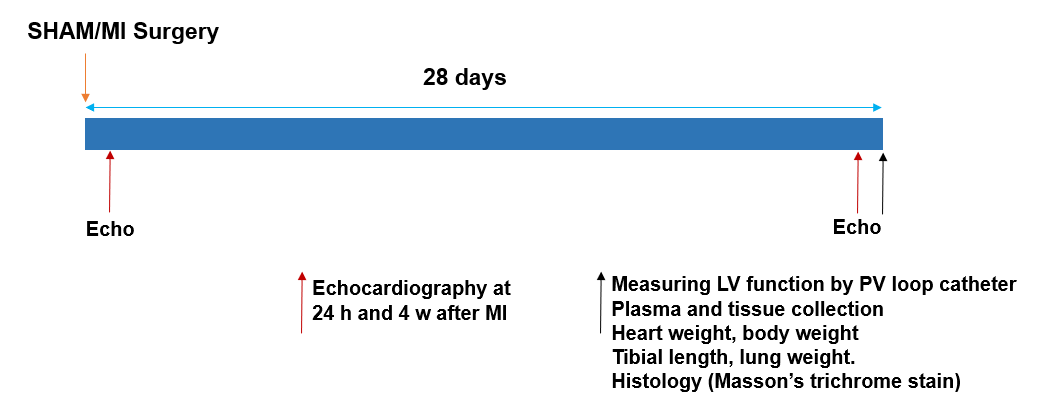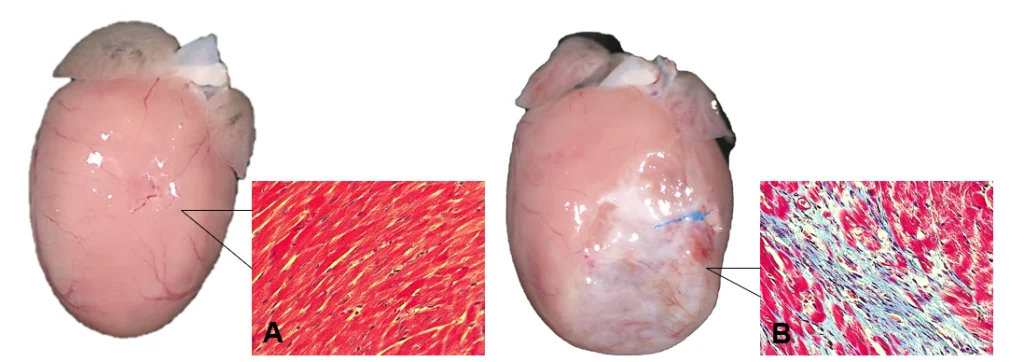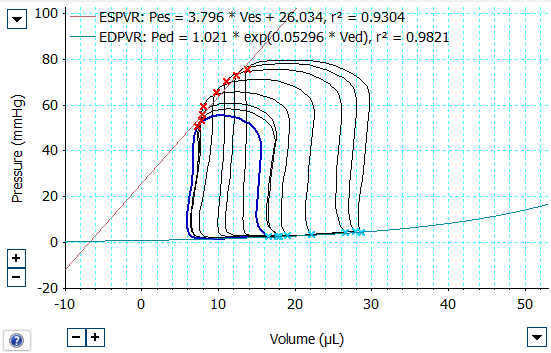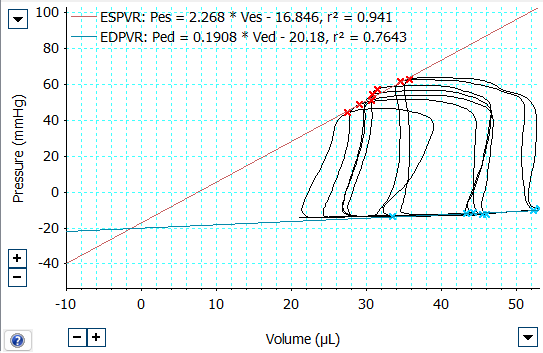Myocardial Infarction (MI)
Experimental Protocol

Histology

The presence of infarcted myocardium and cardiac fibrosis was observed in MI mice, as depicted in the right panel. MI was induced in mice by permanently occluding the left coronary artery, performed under a stereo microscope. Mice were anesthetized using isoflurane, and a midline incision is made. The heart was accessed through thoracotomy at the 4-5 inter-rib space. Upon completion of the 4-week experiment, the heart is extracted and photographed. Cardiac sections are then stained using Masson’s trichrome, as shown in the right panel.
Mouse Echocardiogram


The top images depict the parasternal long axis view, while the bottom images show the M mode, comparing SHAM (left) and MI mice. In the case of myocardial infarction, the left ventricular (LV) wall exhibited a thin and balloon-like appearance, coupled with reduced cardiac contraction.
Mouse Pressure-Volume Catheterization


The pressure-volume recordings in the left ventricle of mice indicate notable differences. In comparison to the SHAM group (left), the MI group (right) demonstrated a rightward shift in both end-systolic and end-diastolic volumes (x-axis), indicative of left ventricular dilatation. Furthermore, the left ventricular end-systolic pressure-volume relationship (ESPVR), as reflected by the slope, was found to be reduced in MI mice.
Rat MI Model

Rat MI model was generated by similar method. In the SHAM group (left), the left ventricular myocardium exhibited a consistent red appearance. In contrast, in the MI group, the infarcted myocardium transformed into white fibrotic tissue, indicating the presence of cardiac remodeling.




